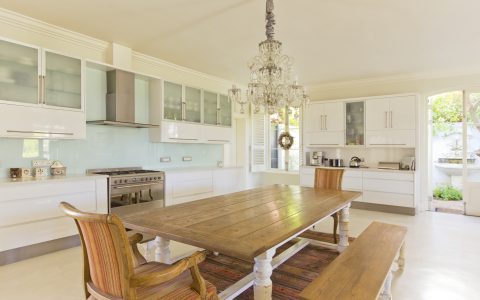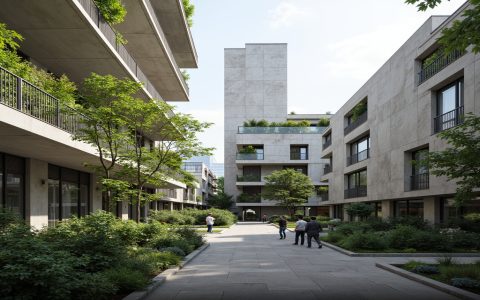Creating harmonious alignment between a built-in dining bench and your table requires careful consideration of proportions, materials, and design intent. Follow these critical principles:
Core Compatibility Factors
- Table Height Dictates Bench Height: Standard dining table height is 28-30 inches. Match bench seat height precisely (typically 18-19 inches tall + cushion height = 28-30 inches total). Avoid heights exceeding 20 inches unpadded.
- Gap Management is Crucial: Maintain 18-24 inches of clearance between the bench seat front edge and the underside of the table apron for comfortable legroom. Built-in installation prevents sliding adjustments; measure meticulously.
- Bench Depth & Table Depth Harmony: Bench seat depth should be 15-18 inches. Ensure the bench depth allows users to sit fully back against the wall/backrest while legs fit naturally under the table. Tabletop overhang must sufficiently cover the bench user's lap.
- Length Proportionality: Bench length can equal the table length for formal symmetry, or be shorter (e.g., 2/3 table length) for casual flexibility. Avoid benches significantly longer than the table.
Material & Aesthetic Matching
- Wood Tone Strategy: Match undertones precisely (e.g., warm oak to warm oak, cool maple to cool maple). Contrasting wood species can work intentionally (e.g., stained walnut bench with white oak table) but requires deliberate complementary finishes.
- Metal & Upholstery Integration: If table features metal bases or accents, subtly incorporate similar metal finishes (leg caps, frame detailing) on the bench. Upholstered bench backs/seats can pick up secondary colors in the room or table setting, not necessarily the primary table material.
- Profile Consistency: A thick, solid wood trestle table suits a substantial, straight-lined bench. A sleek, metal-leg table pairs better with a streamlined, low-profile bench design. Match the visual "weight" of elements.
Functional & Design Integration
- Storage Solutions: Integrate discreet toe-kick drawers or lift-top storage compartments into the bench base. Ensure drawer/door hardware style complements table accents.
- Backrest Alignment: If incorporating a backrest, its height should not interfere with the tabletop. Low backrests (below table height) or banquette-style tall backs extending behind the user are effective.
- Cushion Considerations: Use high-density foam (minimum 4 inches) for lasting comfort and support. Choose durable, cleanable performance fabrics; leather or vinyl complements wood tones effectively.
Success hinges on precise spatial planning and intentional material dialogue between the permanent bench installation and the table. Prioritize ergonomic measurements first, followed by cohesive aesthetic execution.







